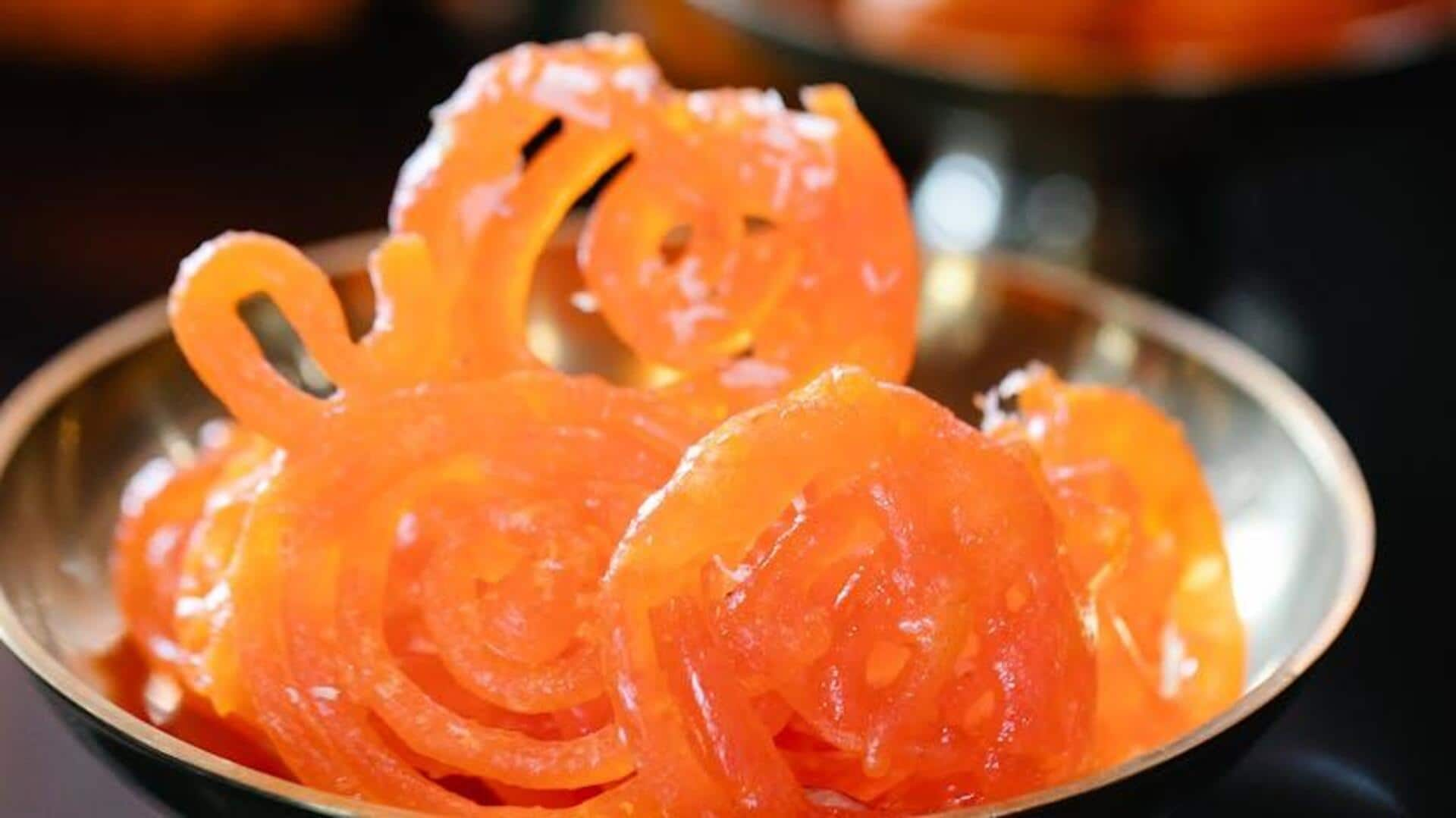
Jalebi's journey: Origin, history, and popularity
What's the story
The history of jalebi, a much-loved sweet, goes back centuries. Its transition from the medieval age to modernity is captivating. From the Indian subcontinent, jalebi has been relished by many a culture, and is still a go-to dessert. We take a look at its historical roots, journey through the years, and its timelessness in today's cuisine.
Early days
Medieval beginnings
Jalebi originated in medieval India, where it was referred to as kundalika or jalavallika. Prepared with fermented batter, it was deep-fried into circular shapes and soaked in sugar syrup. This sweet treat was frequently served at festive occasions and celebrations. Its simple ingredients made it affordable for different social classes, making it a popular choice.
Transformation
Evolution over centuries
As centuries went by, jalebi transformed itself a number of times. The recipe evolved with regional variations bringing in local flavors and techniques. In some regions, saffron or cardamom was added for taste and aroma. However, despite all of this, the core essence of jalebi remained unscathed—crispy from outside with a syrupy interior, a testament to its timeless allure.
Contemporary appeal
Modern-day popularity
In modern times, jalebi still occupies a special place in cooking traditions across South Asia and beyond. One can find it at street food stalls as well as at upscale restaurants serving gourmet versions of the classic dessert. Its bright orange color makes it visually appealing, while its sweet taste caters to different palates around the world.
Symbolism
Cultural significance today
Beyond being a dessert item on menus around the world today, jalebis also have a cultural connotation to them. They are usually associated with happy occasions like weddings or festivals like Diwali, where they represent prosperity because of their golden color, which is like wealth itself!